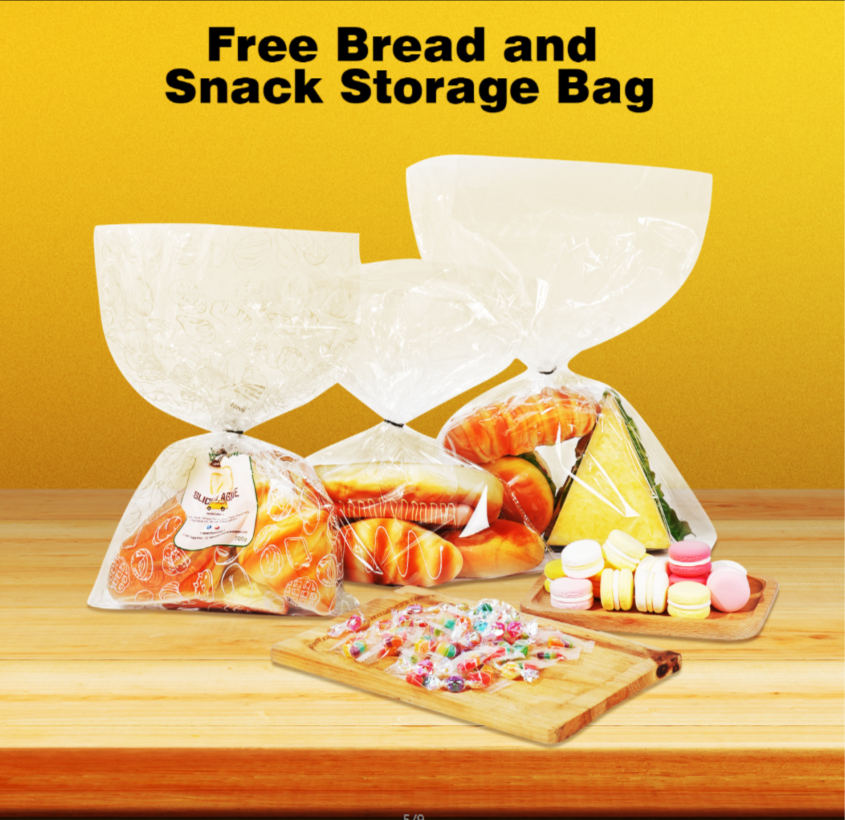Innovative Solutions for Sustainable Packaging Using Butter Paper and Eco-Friendly Materials
The Versatility of Butter Paper for Packaging
Butter paper, often referred to as parchment paper or baking paper, has gained prominence in the packaging industry due to its unique properties and versatility. Traditionally used in baking to prevent sticking and facilitate easy release of cooked goods, butter paper has found a newfound role in the realm of packaging, catering to the needs of both consumers and manufacturers alike.
One of the most appealing characteristics of butter paper is its non-stick nature. This feature makes it an excellent choice for packaging food items, especially those that are greasy or sticky. For instance, bakeries often use butter paper to wrap pastries, cookies, and cakes, ensuring that the delectable treats remain intact without adhering to the packaging. This non-stick quality not only preserves the appearance of baked goods but also enhances the overall presentation, making them more appealing to customers.
Moreover, butter paper is known for its resistance to moisture and grease. Many food items, particularly those rich in fats, require packaging solutions that can withstand potential leakage or seepage. Butter paper serves this purpose effectively, providing a reliable barrier that prevents moisture from penetrating and spoiling the product. This aspect is particularly important in the food industry, where maintaining freshness and preventing spoilage are paramount. By utilizing butter paper for packaging, businesses can reduce waste and ensure that their products remain safe for consumption for a longer period.
butter paper for packaging

In addition to its practical benefits, butter paper is also an eco-friendly option in the world of packaging. As consumers become more environmentally conscious, the demand for biodegradable and recyclable materials has surged. Butter paper is typically made from cellulose, which is derived from wood pulp—a renewable resource. Many manufacturers are also producing butter paper that is chlorine-free and free from harmful chemicals, making it a safer choice for both food and the environment. By choosing butter paper for packaging, companies can align with sustainable practices and appeal to eco-conscious consumers.
The uses of butter paper are not limited to the food industry alone. It's also gaining traction in the packaging of various non-food items. Artisans and crafters often use butter paper for wrapping gifts due to its attractive translucent quality and ability to be easily customized. With the potential to print designs or messages on butter paper, it offers a creative and personal touch to gift packaging. Additionally, its lightweight nature makes it suitable for shipping lightweight products, minimizing shipping costs without compromising on quality.
Despite its many advantages, it is important to note that butter paper does have limitations. For example, it may not be suitable for all types of liquids, especially if the packaging needs to endure extended periods of contact with moisture. Therefore, businesses must consider their specific packaging needs and the nature of the products being wrapped when choosing butter paper.
In conclusion, butter paper stands out as a versatile and effective solution for packaging across various industries. Its non-stick properties, resistance to moisture and grease, eco-friendliness, and aesthetic appeal make it an ideal choice for food items and beyond. As the landscape of packaging continues to evolve, butter paper will likely remain a popular and innovative option, helping businesses meet the challenges of sustainability and consumer demands. By embracing this humble yet impactful material, companies can enhance their packaging strategies while contributing to a greener future.
-
Have the freedom of customizing your custom mailers any way you want! Our dedicated packaging support will help deliver you the mailing experience you need to elevate your shipping experience to the next level! Start making a strong impression on your customers and stand out from your competitors! -
LIYA uses high quality raw materials which directly purchased from large enterprises domestic and overseas such as PetroChina, Sinopec, Sabic, Equate, ExxonMobil, Dow Chemical, Total, and Borouge, ensuring the price advantage and quality of the raw materials. -
LIYA uses high quality raw materials which directly purchased from large enterprises domestic and overseas such as PetroChina, Sinopec, Sabic, Equate, ExxonMobil, Dow Chemical, Total, and Borouge, ensuring the price advantage and quality of the raw materials.





